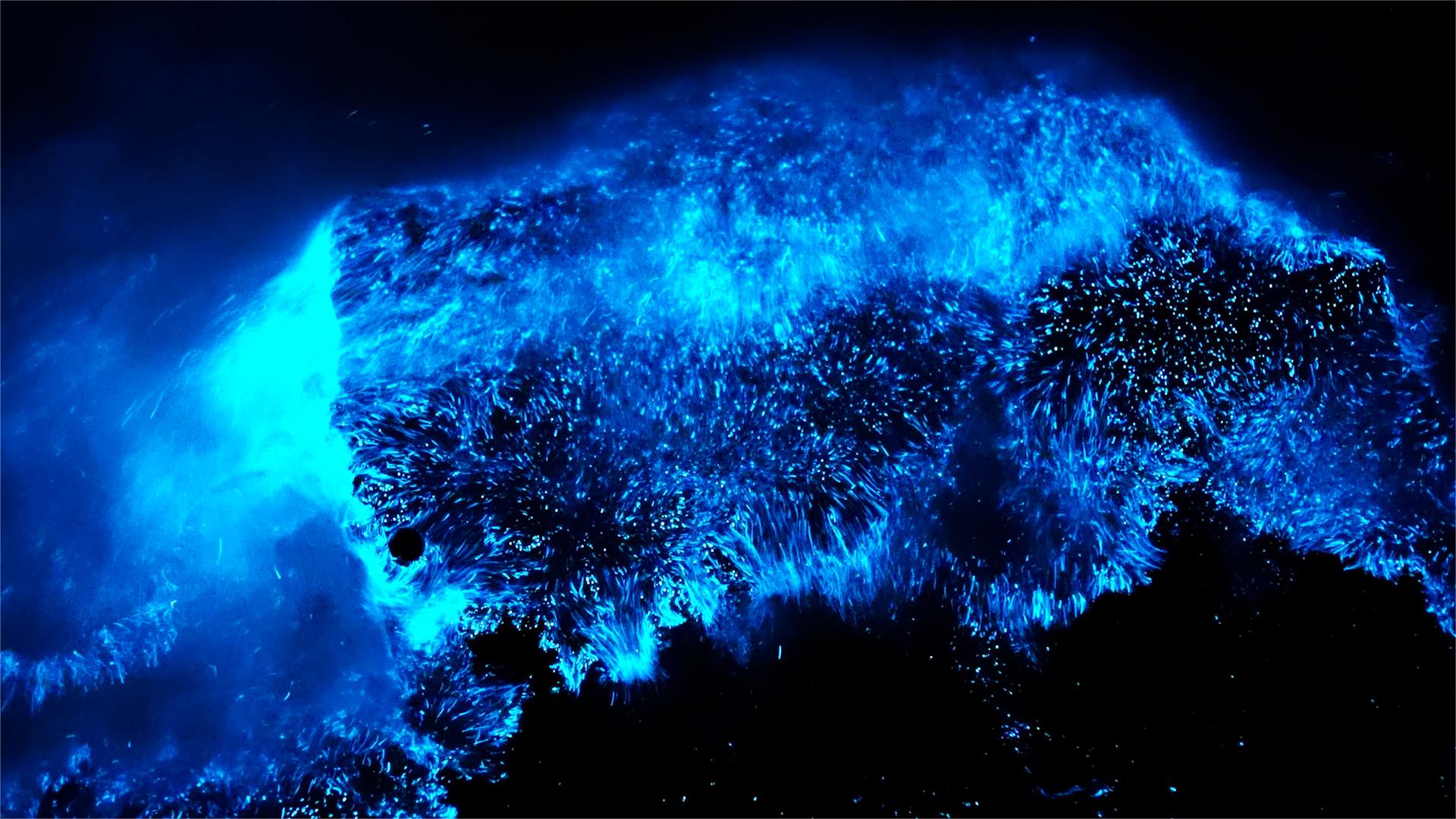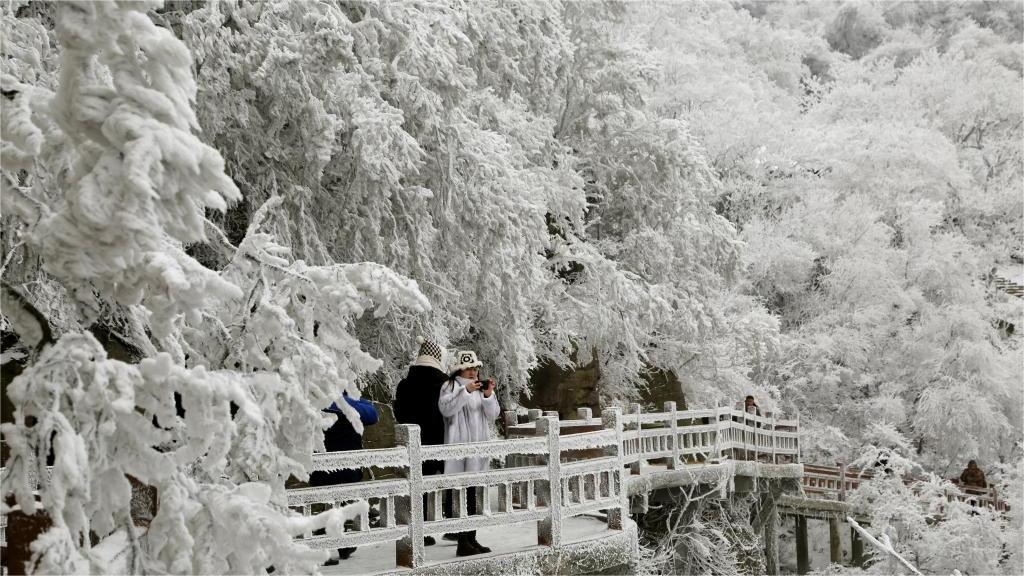China's coastal city witnesses ecological restoration progress
XIAMEN, Jan. 25 (Xinhua) -- Today, when standing on the shores of Yundang Lake in the city of Xiamen, east China's Fujian Province, visitors can feast their eyes on flourishing trees, lustrous water and flocks of water birds. The area, dubbed as the "city's drawing room," is a popular place for local residents to relax and exercise.
However, things were different decades ago. Chen Yajin, a retired teacher from a local middle school, can still vividly remember the days when the lake was derided as a "black water lake."
"When people walked by, they held their breath and steered clear of the lake as fast as they could," said Chen, 65, describing the stench the lake once emitted.
In the early 1980s, due to rapid urbanization and industrialization in the surrounding areas, the lake was heavily polluted by sewage, industrial wastewater and garbage. The city government launched a campaign to improve the lake's environment in 1984.
By clearing away sludge, reinforcing lake shores, relocating heavy-polluting factories and setting up sewage treatment facilities, the pollution was effectively curbed.
In addition, to restore the lake's ecology, pipelines were installed to boost water exchange between the lake and the nearby sea, and the mud cleared away from the bottom of the lake was used to build a small island in the lake, which was developed into a habitat for water birds.
So far, Xiamen authorities have launched five campaigns aimed at Yundang Lake's ecological restoration. "Today, we can see over 80 kinds of water birds in the lake area," said Chen, who added that now with six different parks, the lake area has virtually become a "recreational center" for residents.
The transformation of Yundang Lake was one of the earliest efforts of ecological restoration in Xiamen. The experience gained in the process were later put into use in similar endeavors in other parts of the city, such as the Wuyuan Bay.
Like the lake, Wuyuan Bay also faced severe environmental problems. Once cut from the ocean by a dyke, the bay was used as grain fields, salt fields and aquaculture farms. The unrestricted exploitation not only damaged the environment within the bay, but also posed a threat to the outer sea areas, as mud and sand brought by the tides piled up near the dyke and formed mire that stretched into the ocean.
In the early 2000s, Xiamen began restoring the bay by demolishing the dyke and cleared the bay of all farming and production activities, so as to reintegrate the bay into the ocean. With these measures implemented, the bay's sea area increased from 112 hectares to 242 hectares.
To better ensure biodiversity in the area, the 89-hectare wetland in the bay was preserved in the form of a park, providing a shelter for different creatures.
Similarly, a part of Xiamen's Tong'an Bay also underwent the transformation from aquaculture farm to an area of biodiversity, but through a different approach. Here, ecological restoration was realized with the cultivation of mangroves.
"The strong roots of mangroves can stabilize earth on the shore, which is very important in preventing the erosion of coastline," said Yu Yanfeng, an official with the Xiamen Municipal Bureau of Ocean Development. He said that since 2005, local authorities have cultivated 85 hectares of mangrove forest with the help of scientific research institutions.
The improved environment has provided these areas with new opportunities for economic development.
"No matter how we improve the environment, we always adhere to one principle: dedicate all the best natural resources to the people," said Wang Da, an official with Xiamen's Huli District.
Photos
Related Stories
Copyright © 2024 People's Daily Online. All Rights Reserved.









